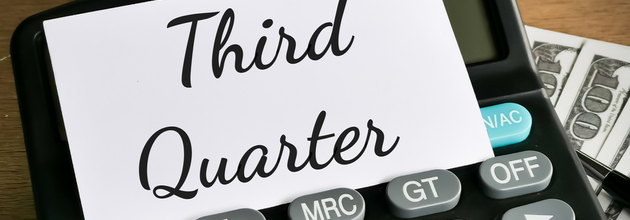
 | Read in Browser | |||||||||
 | ||||||||||
 | ||||||||||
| ||||||||||
How will it work? The 5,000 recipients will be chosen randomly and must be adults who make less than $35,000 a year. The city also plans to track the recipients' expenditures during the first six months and then provide more targeted assistance, such as help with paying utility bills or for food. According to Chicago Alderman Gilbert Villegas, the costs of supporting the program "is well worth the investment," when weighed against daily costs of poverty in Chicago, such as incarceration and gun violence.
Basic income programs have been implemented across the U.S. for decades, like the Eastern Band of Cherokee Indians Casino Dividend in 1997, the Alaska Permanent Fund in 1982 and some even include the "negative income tax" experiments conducted in the 1970s. However, it really only entered the national conversation in 2019, when Stockton, Calif., started providing $500 monthly stipends to 125 of its residents. According to the preliminary findings, the payments resulted in more full-time employment and improved mental and emotional well-being, while 40 other cities have since considered or started similar efforts.
Back to Chicago: The guaranteed basic income program is different than universal basic income, as it directs payments toward a defined group of people - with the goal often being to close wealth gaps. UBI on the other hand (an idea popularized by Andrew Yang during the 2020 presidential campaign) promises money to every recipient regardless of income or circumstance. Critics worry that these programs can discourage people from finding jobs or could drain the workforce - especially given recent supply chain problems - but proponents say they are an ideal way to invest in communities and lift people out of poverty. (10 comments)
In Europe, at midday, London -0.2%. Paris -0.2%. Frankfurt -0.3%.
Futures at 6:20, Dow flat. S&P -0.1%. Nasdaq -0.2%. Crude -1.2% at $83.64. Gold -0.3% at $1788. Bitcoin -6.3% at $58860.
Ten-year Treasury Yield -2 bps to 1.6%
8:30 Durable Goods
8:30 International Trade in Goods (Advance)
8:30 Retail Inventories (Advance)
8:30 Wholesale Inventories (Advance)
10:00 State Street Investor Confidence Index
10:30 EIA Petroleum Inventories
11:00 Survey of Business Uncertainty
11:30 Results of $28B, 2-Year FRN Auction
1:00 PM Results of $61B, 5-Year Note Auction
Companies reporting earnings today »
DraftKings (NASDAQ:DKNG) drops $22B pursuit of Ladbrokes owner Entain.
Rolling in cash... Visa (NYSE:V) hikes quarterly dividend by 17% to $0.375.
GE (NYSE:GE) industrial FCF tops estimates; renewables breakeven date delayed.
CDC extends COVID-19 cruise ship restrictions until January.
UPS (NYSE:UPS) surges on Q3 earnings beats; raises full-year guidance.
Twitter (NYSE:TWTR) call: Modest Apple iOS impact, Olympics a big hit.
Year-end? AMD (NASDAQ:AMD) sees good progress on Xilinx (NASDAQ:XLNX) deal.
Supplier pain... Raytheon (RTN) stops Boeing (NYSE:BA) 787 Dreamliner shipments.
Lockheed Martin (NYSE:LMT) posts massive revenue miss, bearish guidance.


Want More Ideas?
Our best ideas → Stock Ideas
ETF's Investing Ideas → ETF Ideas
Dividend stocks ideas → Dividend Ideas
This email was sent to you because you signed up to receive Wall Street Breakfast.
If you do not want to receive Wall Street Breakfast emails, click here to unsubscribe.
Sent by Seeking Alpha, 52 Vanderbilt Avenue, 13th floor, New York, NY 10017






EmoticonEmoticon